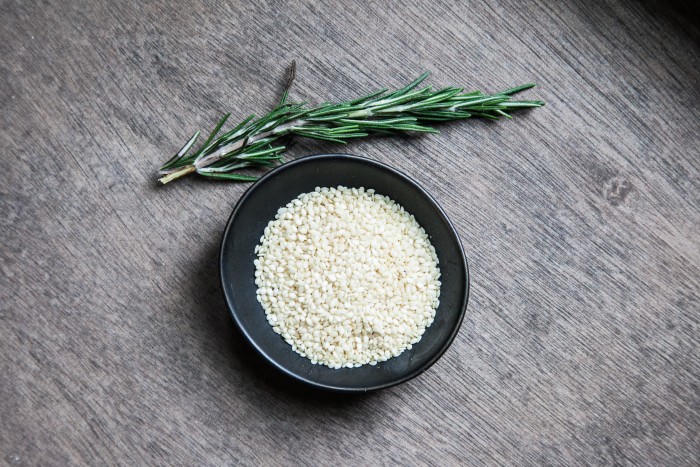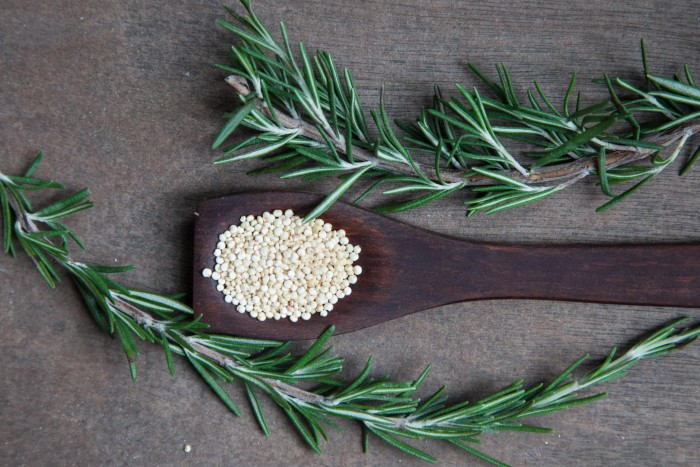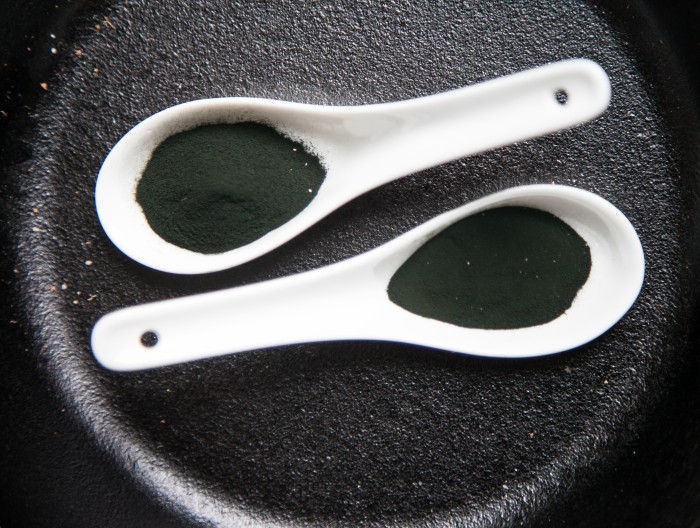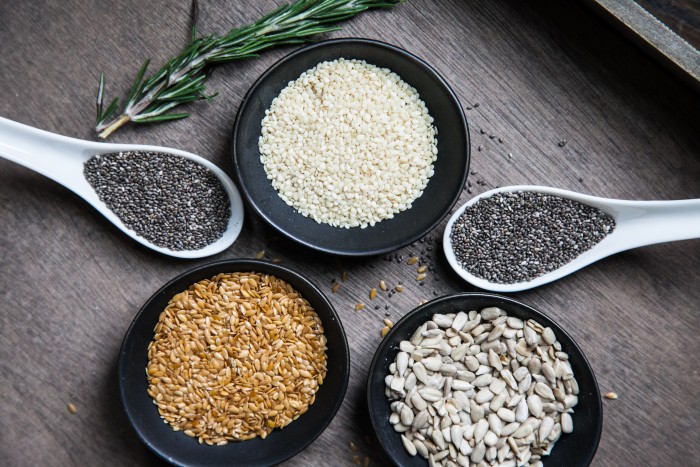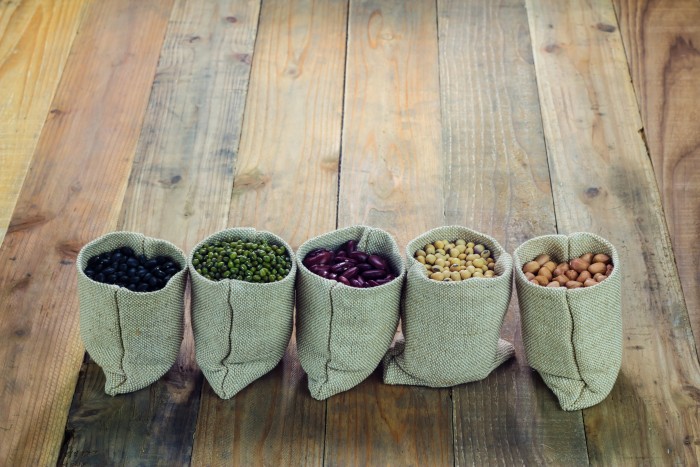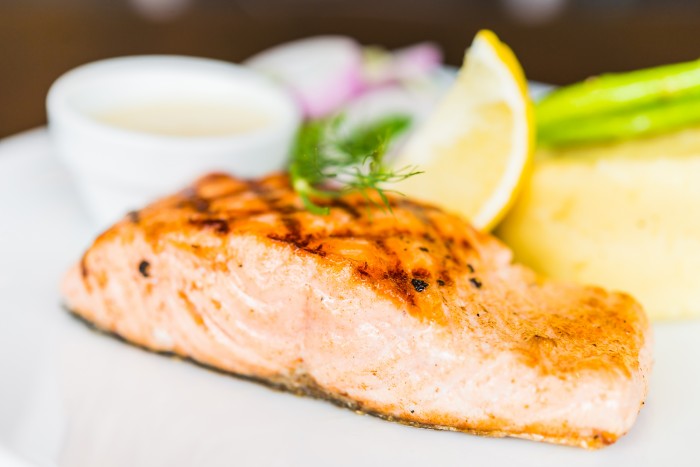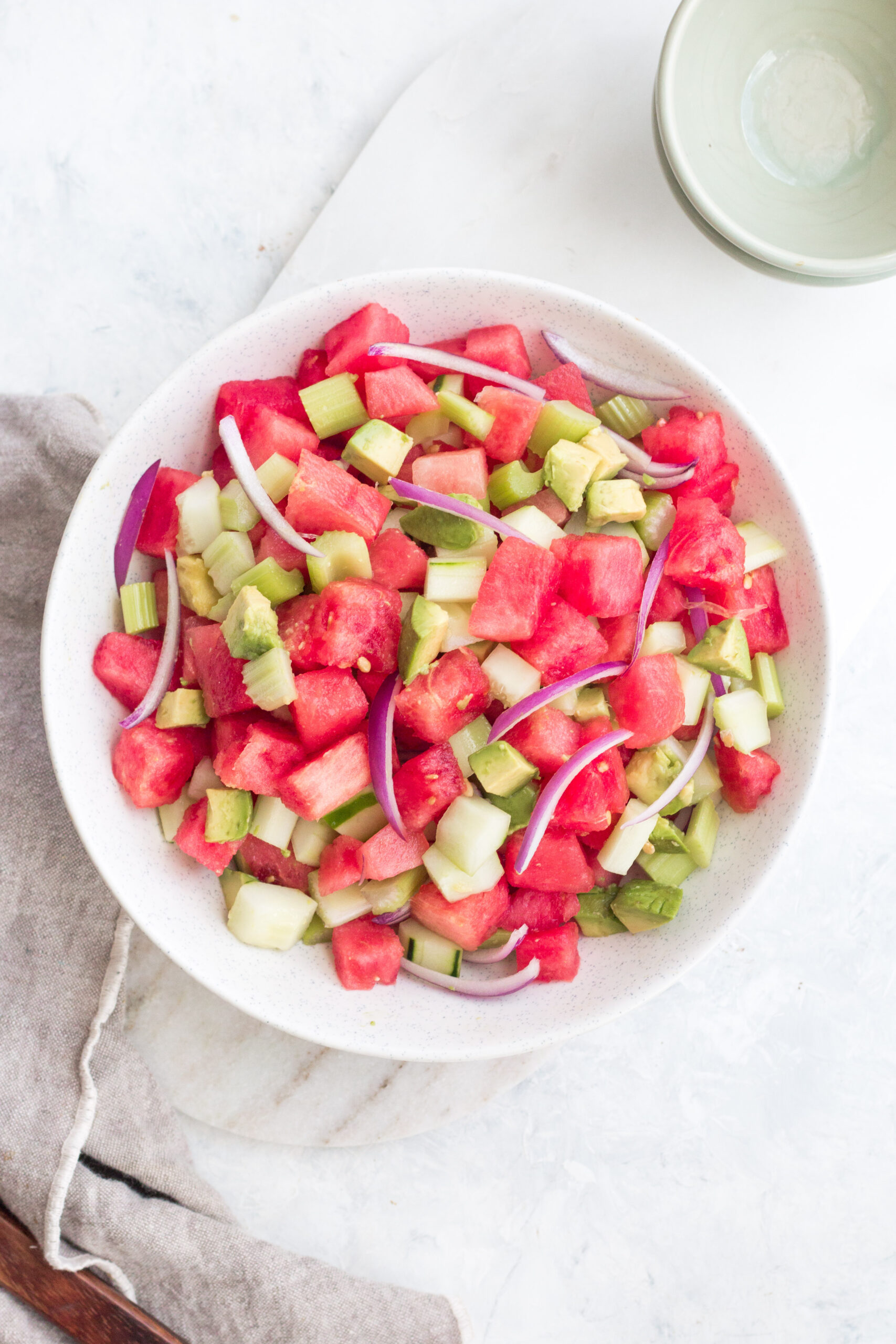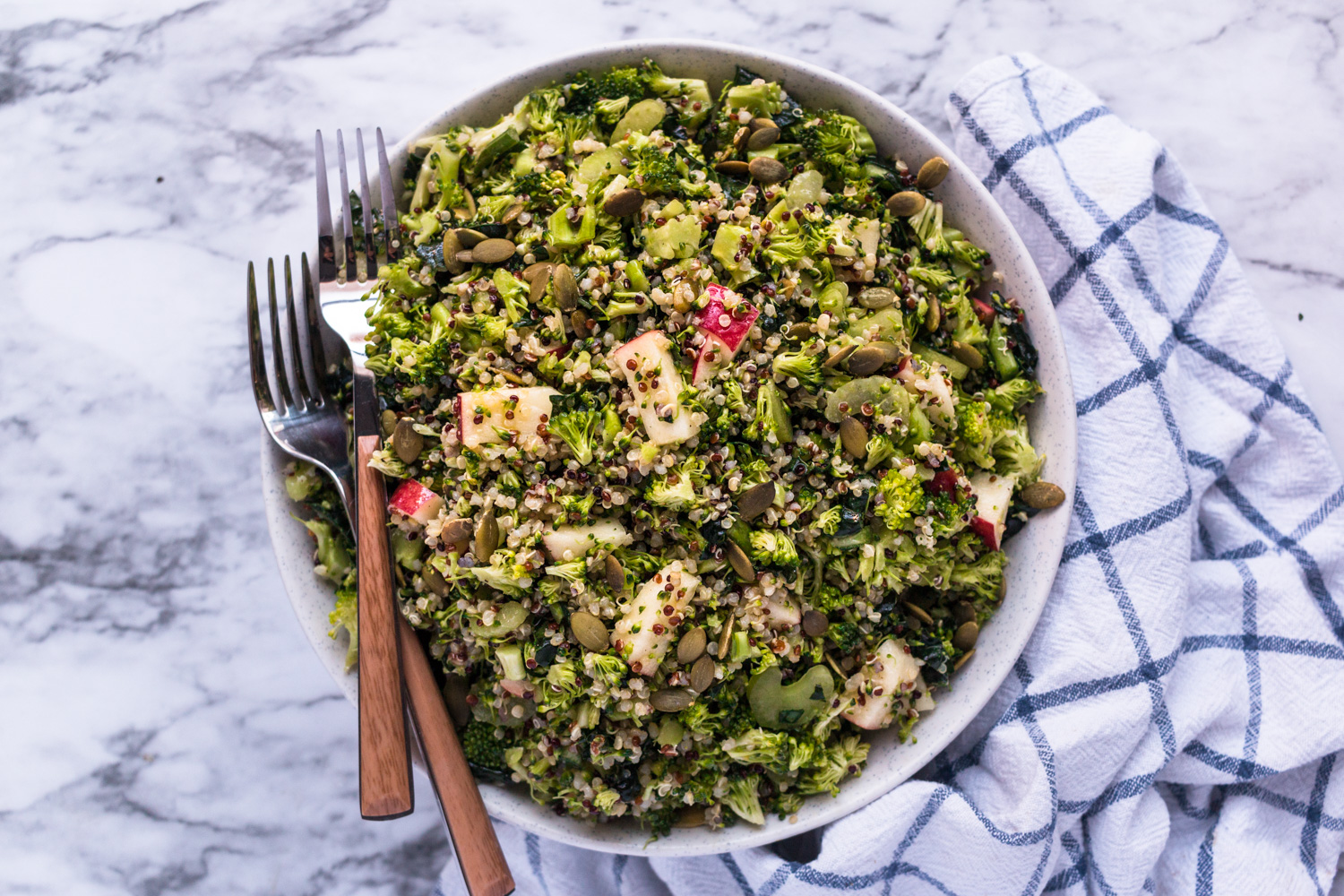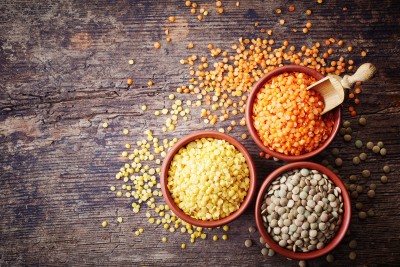
Protein is key to overall health and wellness, but when it comes to including protein in meals, many people struggle with portion size – ending up with too little, or way too much. A good rule of thumb is to keep your protein portion about the size of a deck of cards. Protein provides sustained nutrition for our bodies, and performs many important functions:
- Balance blood sugar: When you eat carbs, your body breaks them down into glucose. A high amount of carbohydrates means a spike in blood sugar – which is great if you need a quick boost. If you need sustained energy, however, protein is the way to go. Protein is broken down into components called amino acids, which do not elevate blood sugar. Amino acids are the building blocks for new proteins, and are integral to all kinds of cellular and metabolic processes.
- Satiety and Reduced Cravings: Because protein provides sustained energy, your body is less inclined to send you hungry (or in some cases “hangry”) signals after a high protein meal. When you are satiated by your meal, you also tend not to overeat or snack, which may also help you lose weight (if that is your goal). The American Journal of Clinical Nutrition found that the consumption of a high protein breakfast led to increased feelings of fullness and reduced consumption of high fat and high sugar foods.
- Improved Immune Function: The amino acids that we extract from the protein in our food are broken down and reassembled to make new proteins in our bodies. For example, hair, nails, muscles, skin, and even the proteins that make up our immune system are built from amino acids derived from our food. So remember, you need protein to build antibodies to ward off sickness!
Here are my top ten sources of protein:
- Lentils:
These are packed with the nutrient troika, protein, carbs, and fiber.
- Add to salads
- Combine with brown rice or quinoa
- Incorporate into sauces
- Add to nachos or tacos
- Eggs:
Eggs are a powerhouse of nutrition, rich in vitamin B, D, selenium, choline, and omega-3 fatty acids. Some avoid eggs because of fears concerning cholesterol, but rest assured that cholesterol in our diet does not reflect, nor raise, the cholesterol in our blood. Studies indicate that cholesterol consumed from eggs has no relationship to cholesterol levels in the body. We have a handy-dandy organ called a liver that regulates cholesterol, so when we consume cholesterol rich foods, our liver moderates how much cholesterol is released into the bloodstream. In fact, consumption of eggs has been shown to lower triglyceride levels and raise HDL levels.
- Scrambled with left over veggies from dinner the night before
- Wrapped in a tortilla for a quick breakfast
- Fortify your stir-fry
Recipe: https://iquitsugar.com/recipe/flower-power-eggs/?nonce=444aabfa23
- Hemp Seeds:
These are packed with protein and heart-healthy omega-3 fatty acids.
- Sprinkle on salads
- Add to smoothies – the kids won’t even notice you snuck them in
- Stir into soups, sauces, or dressings
- Add to oatmeal for an extra dose of protein
Recipe: https://food52.com/recipes/18056-lemon-herb-quinoa-with-hemp-seeds-spring-peas-and-basil
- Chia Seeds:
These tiny seeds pack a huge nutritional punch! High proportions of soluble fiber enable chia seeds to absorb water and turn into a gel like substance. You will be surprised at how filling these little guys can be. Don’t underestimate their nutrient power.
- Sprinkle on top of oatmeal or yogurt with some berries
- Soak in almond or hemp milk for a chia seed pudding
- Add to smoothies for a nutritional boost
Recipe: https://iquitsugar.com/recipe/chia-berry-ice-pops/?nonce=1da065270c
- Quinoa:
This is a gluten free grain that’s also a complete protein.
- Incorporate into a salad
- Add to stir-fry with veggies
- Use as a cold or hot cereal and add nut milk and berries
Recipe: https://food52.com/recipes/18012-quinoa-salad-with-hazelnuts-apple-and-dried-cranberries
- Spirulina:
Spirulina is an amazing source of protein. It is a blue-green algae powder, so everything you add it to will turn green! It has a hint of nuttiness, but also a bit of seaweed flavor.
- Add to smoothies
- Use to balance sweet desserts
- Sprinkle on salads
Recipe: https://iquitsugar.com/recipe/spirulina-sesame-balls/?nonce=14880db4c3
- Seeds:
Pumpkin, sesame, and sunflower seeds are packed with protein, as well as rich in fiber and healthy fat.
- Top home baked muffins and/or bread
- Grind into desserts
- Add to yogurt and top with some nut butter and berries
- Add to salads
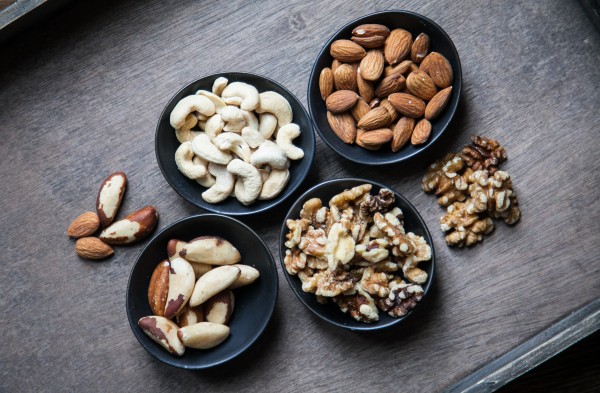
- Nuts:
Almonds, Brazil nuts, and cashews are all packed with protein and heart healthy fats.
- Make your own trail mix with goji berries and cacao
- Sprinkle on salads
- Sprinkle on oatmeal or yogurt with berries
- Make your own nut milk for smoothies
- Beans:
Beans are a rich source of not only protein, but carbs as well.
- Add to salads
- Combine with rice
- Combine with stir-fry veggies and meat
- Incorporate into meatballs or meat sauce
- Add to tacos
Recipe: https://iquitsugar.com/recipe/pan-fried-beans-and-kale/?nonce=163459e9e9
- Lean Meats
Lean meats are an excellent choice when seeking sources of protein for your diet. Wild-caught fish, grass-fed beef, free-range chicken and pork offer a variety of flavors, and can be incorporated into virtually any dish. I often opt for organic or wild caught varieties. Not only are these options better for the planet, but also offer more nutritious meat. Generally, the more varied the animal’s diet, the better the quality of the meat. For example, grass-fed beef has been documented to be higher in omega-3 fatty acids than their corn-fed counterparts. Nutrition specialist Dr. Joseph Mercola reports that omega-3 fatty acids are essential for normal growth and may play an important role in the prevention and treatment of the following ailments:
- Coronary artery disease
- Hypertension
- Arthritis
- Cancer
- Other inflammatory and autoimmune disorders
Pro tip: To avoid Sahara-esque chicken breasts, I highly recommend purchasing a meat thermometer to monitor the temperature of your meat, and prevent overcooking.
Recipes:
Salmon
https://www.donnahay.com.au/recipes/fast-weeknights/ginger-chilli-salmon-with-noodles
Grass-fed Beef
https://food52.com/recipes/2962-secret-ingredient-beef-stew
https://food52.com/recipes/19396-simple-bolognese
https://iquitsugar.com/recipe/beef-broccoli-stir-fry/?nonce=d4c0d94973
Chicken
https://food52.com/recipes/35917-thai-grilled-chicken-with-hot-and-sweet-dipping-sauce
Pork
This dish is done 100% in the crock-pot. You can prep the night before, turn on the crock-pot before you go to work, and when you come home, voila, dinner is ready.
http://www.whiskingmama.com/the-best-crock-pot-pork-tenderloin/#sthash.bYCH3my5.dpbs

Share this blog post
You may also like




